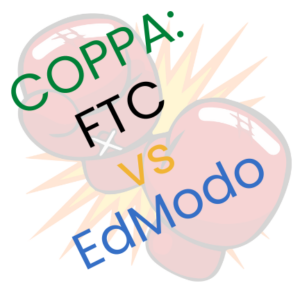
Effective critical thinking involves asking questions, problem-solving, using reasoning and evidence to reach conclusions, and approaching situations with an open mind. Helping students become critical thinkers is a goal of many school districts, but ultimately, it is up to the teacher to create a learning environment conducive to developing students’ critical thinking skills. The instructional materials used can either greatly aid or hinder the teacher’s efforts in fostering critical thinking.
Based on our experience reviewing thousands of instructional materials, this blog offers five considerations to help educators evaluate the degree to which an instructional material supports the development of critical thinking skills.


 The new report
The new report